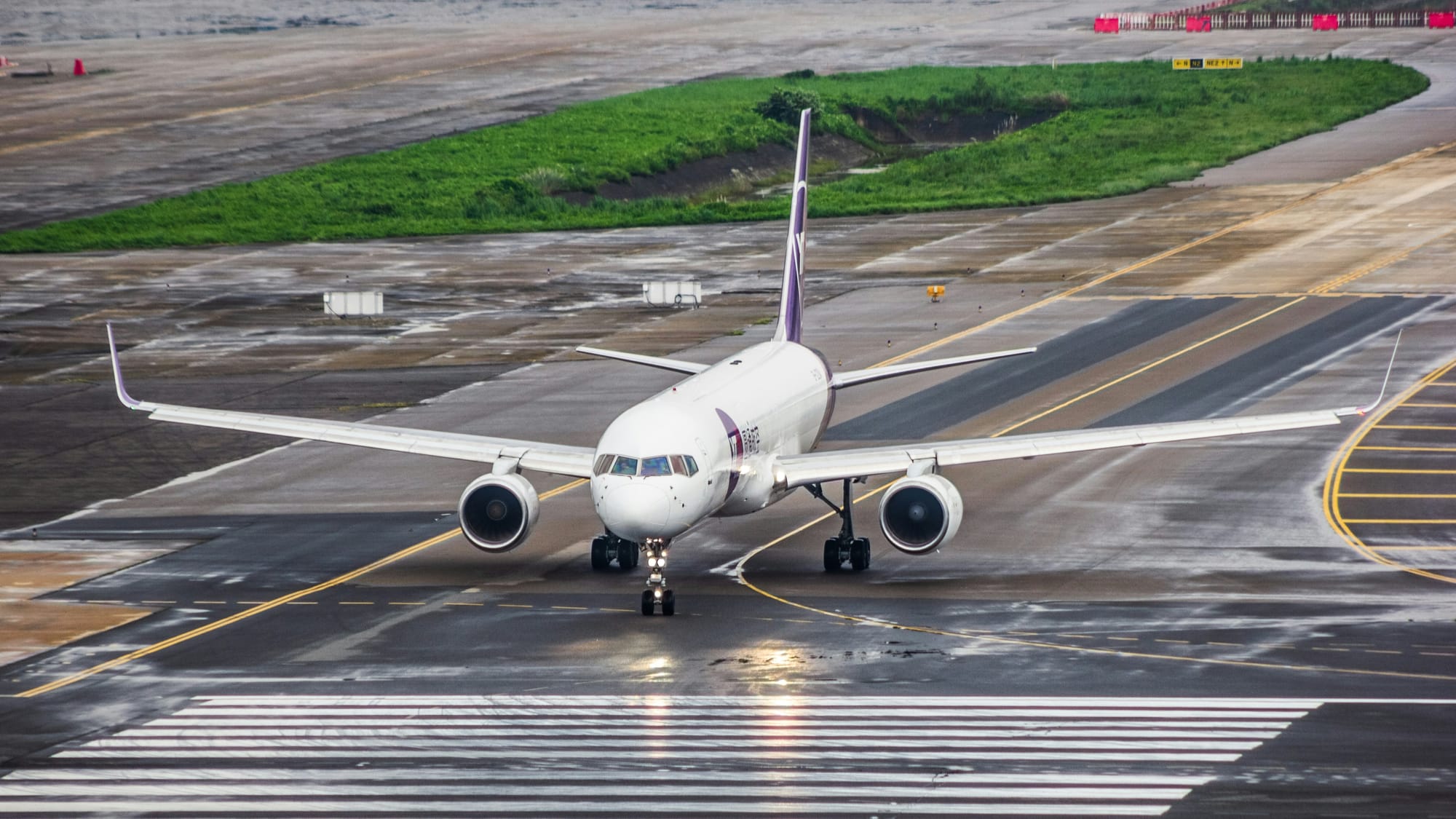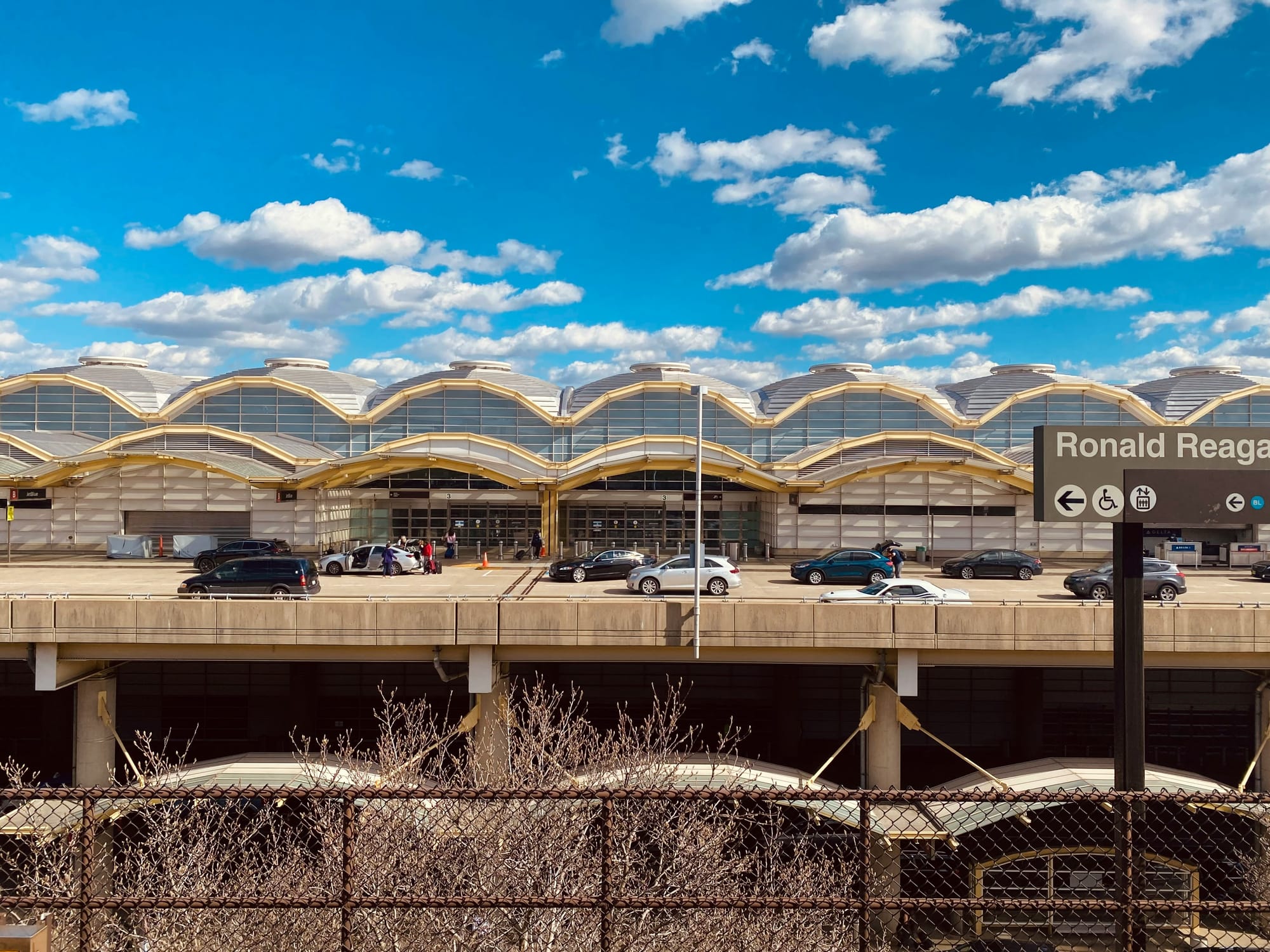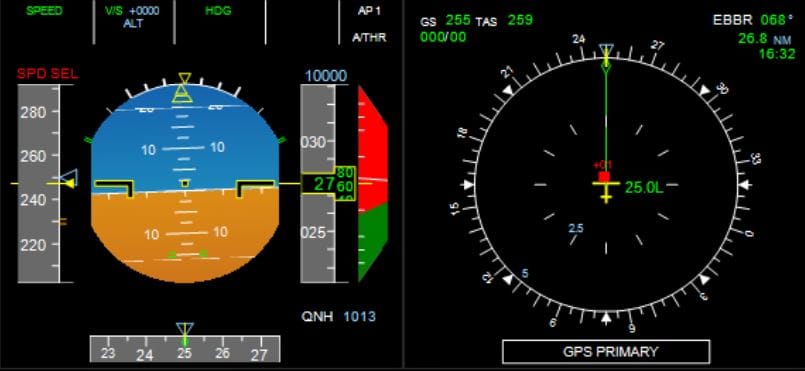Pilot Misinterpretation: Line Up and Wait

Aviation is a complex and highly regulated field where precision is paramount, especially when it comes to communication between air traffic controllers (ATC) and pilots. One term in particular that has raised concern in recent times is the instruction “Line up and wait.” This term is commonly used in the U.S. aviation system by the Federal Aviation Administration (FAA), but recent incidents have revealed a troubling trend: some pilots have been misinterpreting this instruction, leading to safety risks and near-misses at airports.
What Does “Line Up and Wait” Mean?

The phrase “Line up and wait” is a clear and specific instruction given by air traffic controllers to pilots. It directs pilots to taxi their aircraft onto the runway, align it with the centerline, and then stop and hold their position while awaiting further instructions or clearance to take off. In essence, it tells pilots to get ready for departure, but not to proceed until ATC gives them the green light.
This instruction is part of the larger procedural context of managing busy air traffic, especially at large airports with multiple runways. In most cases, “Line up and wait” is issued when air traffic controllers are preparing for takeoff but need to sequence flights in a safe and orderly manner. It helps to streamline operations and reduce delays.
The Problem of Misinterpretation
Recently, however, there have been several reported cases where pilots misinterpreted the “Line up and wait” instruction. In some cases, pilots thought they were cleared for takeoff or that they had the right of way to proceed, which led to dangerous situations.
This misunderstanding was highlighted in several high-profile incidents, one of which involved a near-collision between a departing flight and an incoming one on the same runway. In that case, a pilot mistakenly initiated takeoff after receiving the “Line up and wait” instruction, while another aircraft was already on the runway in the opposite direction. Fortunately, air traffic controllers noticed the mistake in time and managed to avert disaster by issuing an immediate “stop” command.
In another instance, a pilot proceeded with taxiing onto an active runway while a plane was approaching for landing, only realizing the mistake after receiving urgent communication from ATC.
Contributing Factors to Misinterpretation
Several factors have contributed to this issue of misinterpretation, some of which can be linked to the broader context of aviation communication and technology:
- Fatigue and Workload: Pilots and air traffic controllers often work long shifts, especially during busy travel periods. Fatigue can impair communication and decision-making, leading to misinterpretations. Additionally, high workload levels in busy airspace can lead to hurried interactions, causing misunderstandings.
- Inadequate Training or Reinforcement: While pilots are extensively trained on ATC communications and standard procedures, recurring reinforcement and real-world practice may not always align with evolving circumstances. Newer pilots or those flying less frequently may be more prone to making mistakes when interpreting complex instructions.
- Technology and Automation: While technology has improved aviation safety in many areas, it can sometimes create a false sense of security. Pilots relying too heavily on autopilot systems or automated clearance processes may not always be as attuned to verbal instructions from air traffic controllers.
- Language Barriers: Aviation communication relies heavily on standard international phraseology, but pilots and controllers come from diverse linguistic backgrounds. This can sometimes result in miscommunication, particularly in high-stress situations where clarity is critical.
The FAA's Response and Solutions
The FAA has recognized the importance of addressing this issue, as the consequences of misinterpreting “Line up and wait” can be catastrophic. To mitigate the risks, several solutions have been put forward:
- Revised Communication Practices: One potential solution is to modify the way in which the instruction is communicated. Instead of simply saying “Line up and wait,” controllers may also include additional details, such as “Hold short of the runway” or “Do not proceed unless cleared for takeoff.” This can help reduce ambiguity in the instruction.
- Increased Pilot Training: The FAA has stressed the importance of continued training, not just for new pilots but also for seasoned professionals. Regular training on situational awareness, understanding ATC instructions, and responding to potential emergencies can ensure that pilots are prepared to act correctly in high-stress situations.
- Clearer Standardized Procedures: To reduce confusion, the FAA may update its procedural guidelines and offer more clarity on situations where the “Line up and wait” instruction is used, especially in complex airport environments. Clear and consistent procedures can help pilots and controllers align their actions more effectively.
- Use of Technology: Advances in technology, such as runway safety systems, may also help reduce the risk of misinterpretation. Automated alerts or additional visual cues on airport screens may assist pilots in understanding their position on the runway and provide real-time feedback on their status.
Conclusion
“Line up and wait” is a simple phrase that plays a crucial role in the safe management of air traffic, especially at busy airports. However, as recent incidents show, misinterpretations of this instruction can lead to dangerous situations. Through improved training, clearer communication, and the continued evolution of technology, the FAA and the aviation industry as a whole can work to ensure that these misunderstandings become a thing of the past, keeping our skies safe for all.





